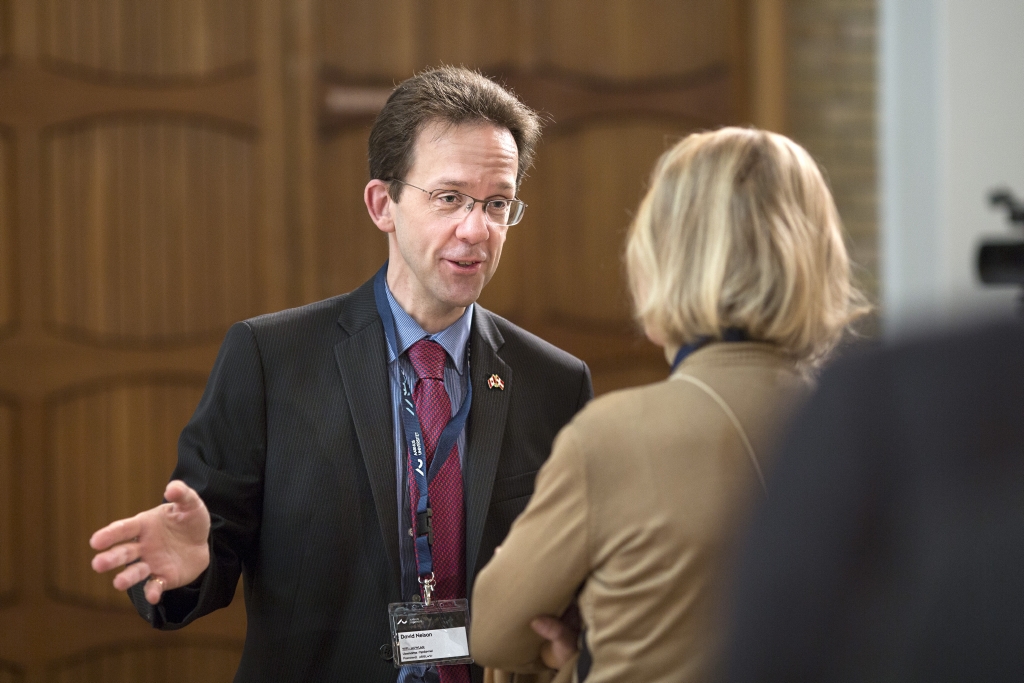New research: Colours make consumers purchase climate-friendly products
Only eight out of 100 Danes can tell if a product is climate-friendly. However, new research from Aarhus BSS now shows that a simple red-yellow-green traffic light label can effectively help the consumers choose products with the smallest carbon footprint.
“We need labelling that clearly informs consumers about the products’ carbon footprint.” These are the words of Charlotte Fischer, head of the green think tank CONCITO, who recently wrote about the consumers’ difficult conditions for shopping sustainably and referred to the example that Danish greenhouse tomatoes emit nearly 25 times more CO2 than Spanish tomatoes.
But now, new research from the Department of Management at Aarhus BSS - Aarhus University shows that, as a supplement to a carbon footprint label, a simple red, yellow or green traffic light label can effectively help consumers make a more climate-friendly choice . A green label indicates a climate-friendly product with a low carbon footprint, and a red label indicates the opposite.
“A traffic light label is simple and easy to interpret - unlike, say, the A-labelling on white goods, where many consumers find it difficult to interpret whether e.g. A+ is good when there are A+++ labels as well. But the consumers react positively to the green, yellow and red colours in our survey,” explains Professor John Thøgersen, who is conducting the study along with Kristian Steensen Nielsen.
Consumers want labelling - that they can understand
Several international studies have previously shown that the consumers in the EU do not just want a labelling of products’ carbon footprint, but that they also believe it should be mandatory. Likewise, a 2011 study from Great Britain shows that 42 per cent of the respondents had altered their shopping habits over the past 10 years due to an increased climate awareness.
The researchers from the Department of Management have tested the traffic light labelling in part because former studies have shown that ordinary consumers do not understand or know how to interpret the previously tested labelling for the products’ carbon footprint. In the new study, which is published in the recognised Journal of Cleaner Production, the researchers have used coffee to test their hypothesis. And here the traffic light label influences the consumers’ product choice to a high degree - as does price, the Danish organic label the “Ø-logo” or a special certification such as the one used by Max Havelaar.
Climate concerns and price govern choice
The researchers have also tested whether the traffic light labelling would make the non-climate conscious consumers purchase climate-friendly coffee as well. In that respect, the result was negative.
“We see a clear connection between peoples’ choice of products and their level of climate awareness. It’s only if you care about the climate and products’ overall carbon footprint that e.g. a traffic light label helps you accomplish what you want, namely to purchase climate-friendly products,” says John Thøgersen.
So although the traffic light label has a positive impact on the consumers’ choice, the researchers at Aarhus BSS can nevertheless also conclude from their experiment that the price of the coffee is the most important parameter for the consumers’ choice. Followed by the well-known organic label the “Ø logo” and only then, the carbon footprint label.
> Read the research article “A better carbon footprint label” here
Further information
Professor John Thøgersen
Department of Management, Aarhus BSS - Aarhus University
Email: jbt@mgmt.au.dk
Tel.: +45 26 85 81 67
